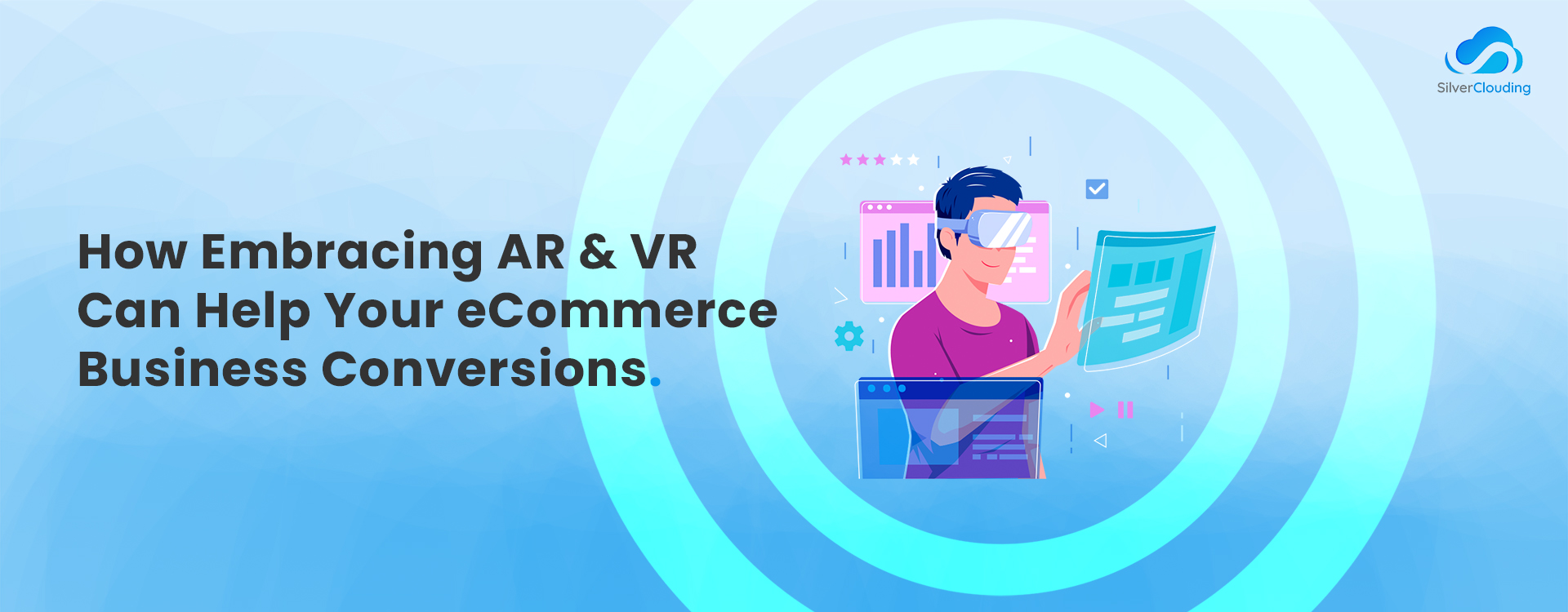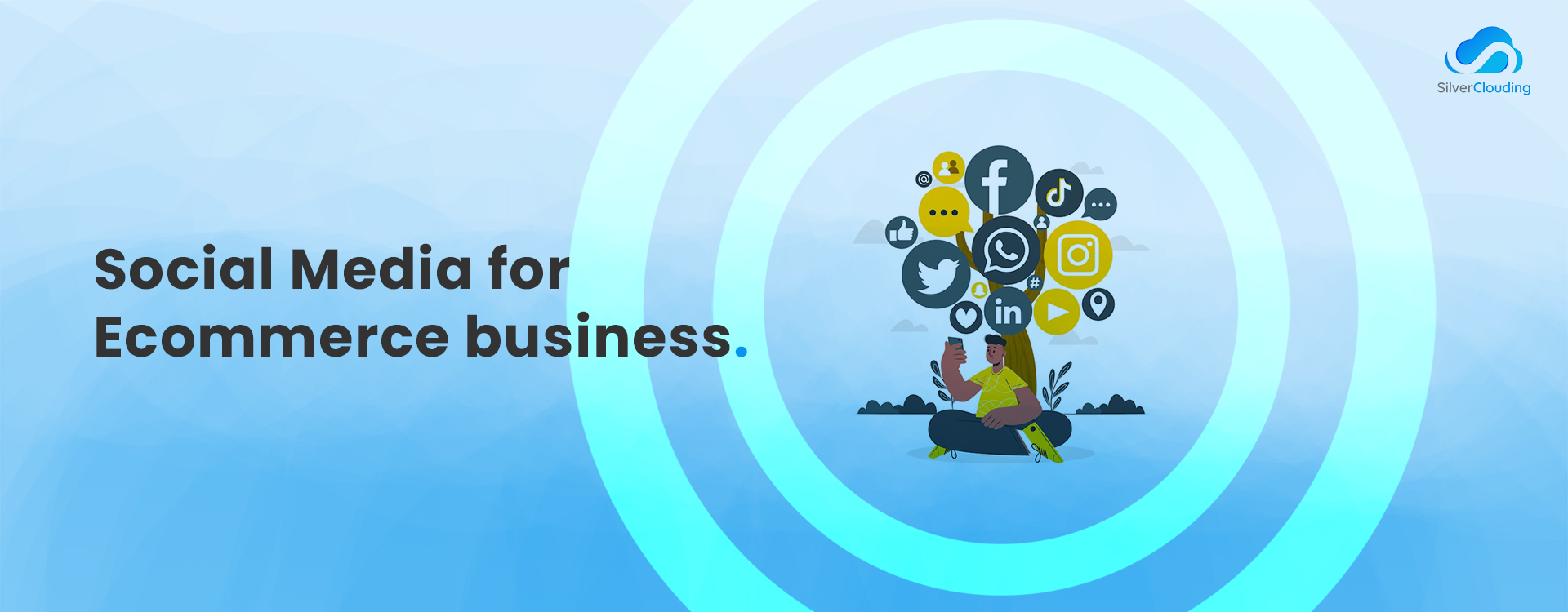In recent years, shopping applications have seen the clutch of the most recent technologies that have changed the usual business scenario. Virtual Reality (VR) and Augmented Reality (AR) have transformed how people purchase their products. VR is increasingly becoming more popular. In 2018, 24 million augmented and virtual reality devices were sold.
VR and AR are nascent technologies, carrying the prospect of regenerating the retail space by overhauling the necessary shopping experience. Technology is equivalent to continuous improvements.
How will VR and AR enhance the consumer experience?
For starters, VR and AR convey our experience of something that is not there but feels there. Before getting them in reality, you can provide a helping hand in making judgments.
“Virtual Reality may be a technology that might truly permit you to attach on a truly human level, soul to soul, despite wherever you are within the human world.” – Chris Milk.
How is Customer Experience affected by AR and VR?
VR is set up projects an artificial reality with advanced characteristics. The user, upon viewing it, will take it as authentic. The good old 3D image is a fair sample of VR. It replaces the real space as the client becomes a part of the virtual environment. Retail businesses are employing this pioneering technology and are experiencing vast business benefits such as:
Increased engagement
VR-Based eCommerce sites and shopping applications have led to increased consumer engagement because the various mobile applications for shopping have successfully implemented 3D vision to their products. Businesses have gained customer delight and loyalty by using these advanced technologies.
Users can explore Virtual showrooms.
Merchants now have started building virtual showrooms to tempt the customer. A never seen virtual experience is very close to being in a physical store from the comforts of your home.
Lowe’s Holoroom is one example of using this technology to the best of its quality. Its creation lab has proved that by using a virtual showroom, the customer can figure home betterment projects in an improved manner. It gives a test version of your home’s appearance when you use these products. Whatever their preferences are, they can visualize the whole look with an attractive experience virtually generated.
Consumers can envision the products.
Try prior you buy!
Yes, companies now are giving this benefit to customers to visualize how the product will look before its purchase. Companies use AR & VR to ensure the product is presented in its best form. Customers can put on the headset and instantaneously see the room they are standing in. Clients can all of a sudden see a beautiful dress that they were thinking of buying. AR can provide a better visualization compared to physical stores to give customers a clearer picture of how various products will fit in their life.
For example-
- Taking this further, IKEA, a famous Swedish furniture brand, has already launched an AR catalog that lets users see how different furniture items will fit in their homes. According to the product’s dimensions, you can see how the furniture pieces will do in your home.
- Retail giants like Converse and Lego have also started using AR to show how some products will pop up. These forms of visualizations provide an entirely new dimension to customer interaction. Customers can make well-informed decisions about the product’s physicality due to these technologies rather than only reading product manuals.
It gives users a reason to stop by the store.
We all still favor physically going to a store and buying any product in reality because it warrants the excellent quality and because it is an experience. A survey undertaken by Walker Sands Future of Retail in 2016 among 1400 US shoppers elucidated that they prefer in-store experiences to online. Ecommerce shopping application leaders need to consider this as it is the right time to guarantee that customers get close to actual product.
AR right in physical stores.
AR devices also let companies float extra content and data in their stores. This provides a good fortune for companies to offer fresh in-store engagement concepts to make the customers attentive.
Point to ponder – Imagine a customer strolling into a retail store and picking up an AR headset. With that on, the user starts wandering around the store. With the headset on, AR will enable a pop-out to emerge as they move across the store, waiting to tell the user more about the product they are peering at. If your physical store also wants to run promotions, it can authorize the timely appearance of promotional boxes.
AR and The Future of eCommerce
eCommerce is a competitive industry. It is fast-growing with the internet. The opportunities with augmented reality are boundless, and you can achieve pretty much anything you can picture.
References:
https://blog.shift4shop.com/augmented-reality-ecommerce
https://www.chapter247.com/blog/how-ar-and-vr-are-enhancing-the-consumer-shopping-experience/





Why And How Augmented Reality Or AR Is Helping E-commerce & Online Businesses Unexpectedly – E-commerce and B2B marketing
[…] your brand is moving assets from brick-and-mortar to online or as an online-only DTC model, AR can assist with filling the gap for clients yearning to interact hands-on and […]